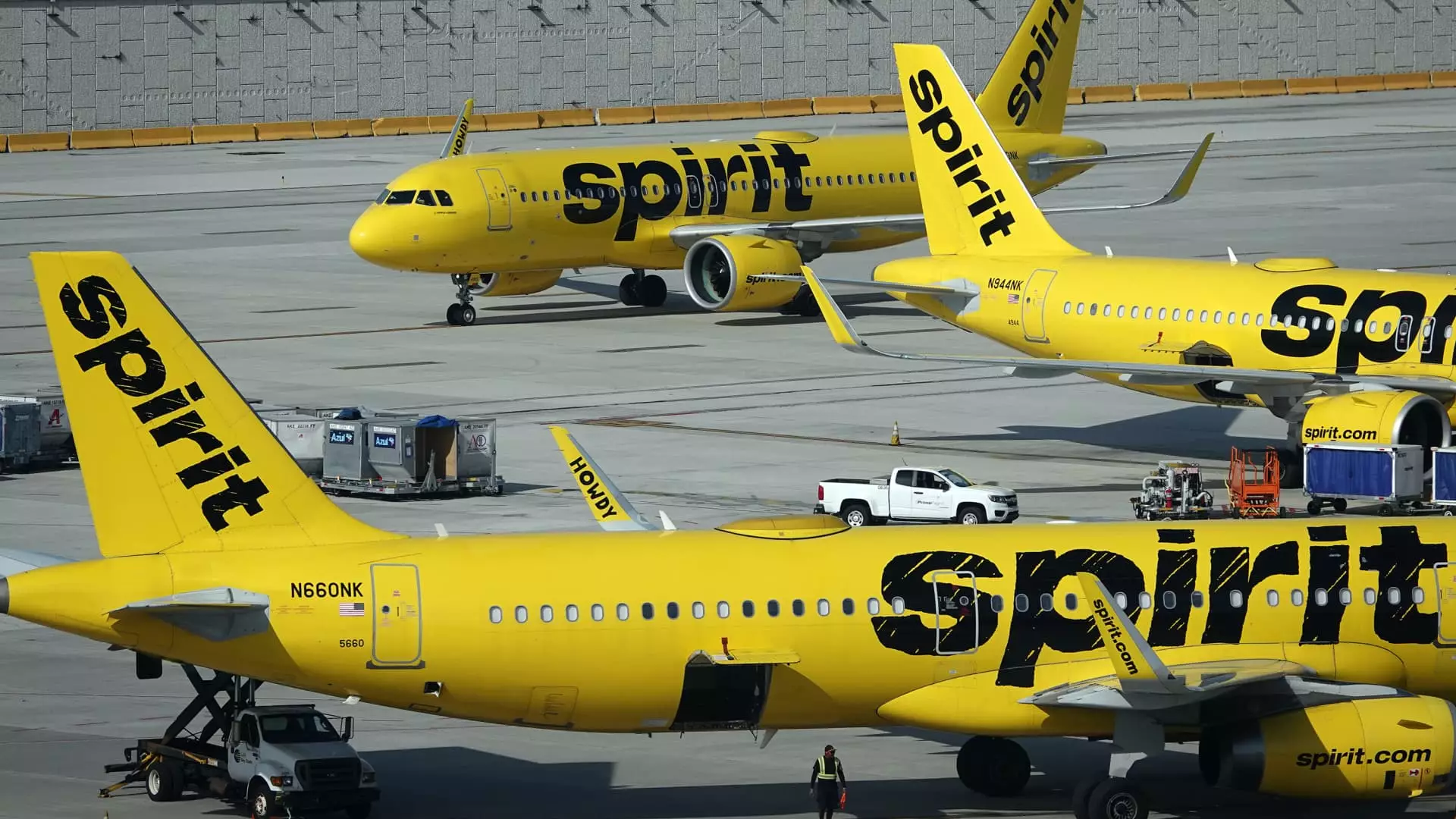Recently, Spirit Airlines witnessed a notable surge in its stock prices, with shares climbing over 20% following the announcement of significant restructuring plans. These plans include job reductions and the intent to divest 23 older Airbus aircraft, which is projected to generate around $519 million in revenue. By taking these measures, Spirit aims to streamline operations and reduce operational costs by approximately $80 million, primarily through workforce reductions.
The airline’s decision to unload its older fleet comes amid continuing difficulties in returning to pre-pandemic profitability. The sector is still navigating through a tumultuous landscape characterized by fluctuating travel demand and operational challenges. With Spirit struggling against these odds, the proposed actions reflect a strategic shift aimed at adapting to the current aviation environment.
Spirit Airlines has been grappling with a heavy debt load, with over $1 billion needing refinancing. Recently, the company postponed the deadline for this crucial financial operation until late December, providing much-required leeway with its credit obligations. This delay signals a pressing need for financial stability, emphasizing the precarious position of the airline. The pandemic has drastically altered the operational landscape for airlines, and Spirit filters through these unfriendly waters while combating the repercussions of its debt and the grounding of an extensive number of Pratt & Whitney-powered jets.
Despite Friday’s share price recovery, it is essential to contextualize this rebound within the broader narrative of financial hardship; Spirit’s shares have plummeted by more than 80% this year due to a significant legal setback when a judge blocked its acquisition by JetBlue Airways. The failed merger has placed additional pressure on Spirit, highlighting its need to redefine its business strategy effectively.
While Spirit has not disclosed the specifics regarding the number of jobs that will be cut, the airline has already initiated furloughs for around 200 pilots since September. With capacity expected to decrease by mid-teen percentage points in 2025, employees are bracing for possible job losses. Conversely, flight attendants may find themselves in a more stable position, as many have opted for voluntary leaves rather than facing layoffs.
In the backdrop of these developments, reports have emerged suggesting that Spirit Airlines is resuming discussions regarding a merger with Frontier Airlines. This conversation is crucial, especially since previous merger attempts were hindered by JetBlue’s aggressive acquisition strategies. Depending on the outcome of these discussions, a merger could provide Spirit with the necessary resources to rejuvenate its operations and stabilize its financial situation.
Spirit Airlines is at a crossroads, navigating through turbulent financial waters while strategizing for recovery. Although challenges abound, including significant debt and operational hurdles stemming from the pandemic, the proactive steps being taken signal a commitment to long-term viability. The combination of job cuts, aircraft sales, and potential mergers could lead to a restructuring that not only optimizes operational efficiencies but could ultimately pave the way for Spirit to reclaim its position in the competitive airline industry. The coming months will be pivotal for Spirit as it attempts to transform its strategy into sustainable practices for the future.


Napsat komentář